When it comes to paying up for parking, UK motorists have a plethora of options - from good-old-fashioned Pay & Display, to Automatic Number Plate Recognition-based systems.
Parking is one of the less glamorous aspects of car ownership, but one that all of us are familiar with.
According to one study, the average UK car is only used 4% of the time. It is kept at home for 80% of the time, and parked in other locations for 16% of the time.
Here we'll explore the parking options for that 16%.
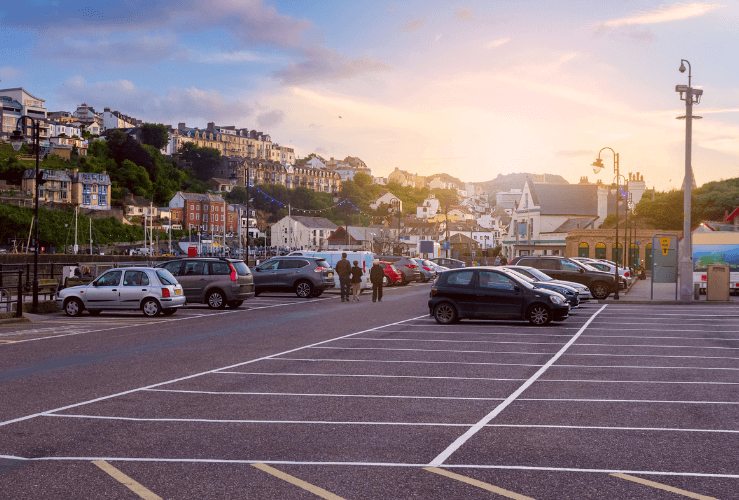
Car parking facts
But first some statistics: there are between 17,000 and 20,000 public and private car parks in the UK. 48% are operated by local authorities.
The industry is estimated to be worth £1.2bn for 2024, and more than 12,000 people work in it.
And last but not least, the average parking space is 2.4m by 4.8m!
The car park business was hit hard by the pandemic, which saw millions stay at, and work from, home.
That home-work phenomenon has continued to this day, albeit at a much lower rate. Add cost of living problems, congestion charges, and increasing environmental awareness that has prompted some to shift to public transport, and it's easy to see why revenue has fallen 3.6% over the last five years - according to market research by IBIS.
But car parks are far from dead. With more than one million electric cars on our roads - and more than 32 million cars in total - Britain's lover affair with the motor car means we'll continue to need parking spaces long into the future.
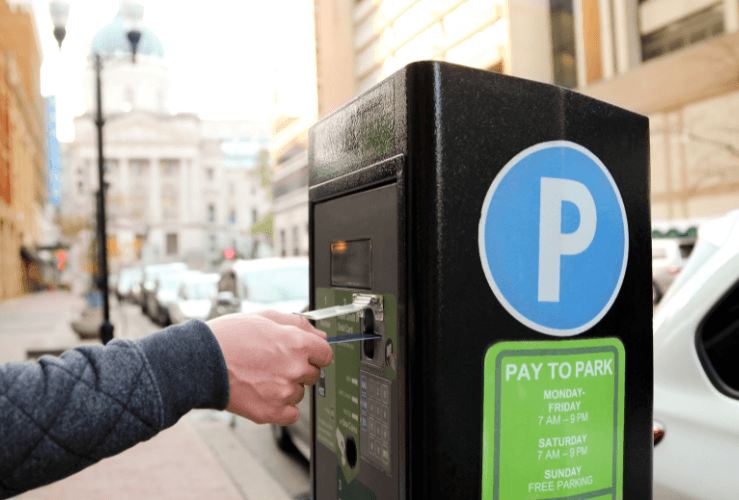
Parking UK: What are the options?
Pay & Display machines
London saw the UK's first pay-and-display parking machine in 1968, and ones like it have been taking our pound coins ever since.
Few of the more mature motorists among us haven't bonded with fellow drivers when in search of the 'correct change'.
The Pay & Display process is simple enough: you park up in an empty space, find the machine, choose how long you need to park for, pay the required amount, then place the resulting ticket on your dashboard.
This familiar system works 24 hours a day (assuming the machines are functioning), and it doesn't require boom barriers on the entry and exit points (which minimises queuing and congestion).
From the operator's viewpoint, it cuts down labour costs because you don't need a parking attendant - just an enforcement officer. In theory these lower overheads should help keep ticket prices down, too.
And many machines are also solar-powered - in a modest boon for the environment.
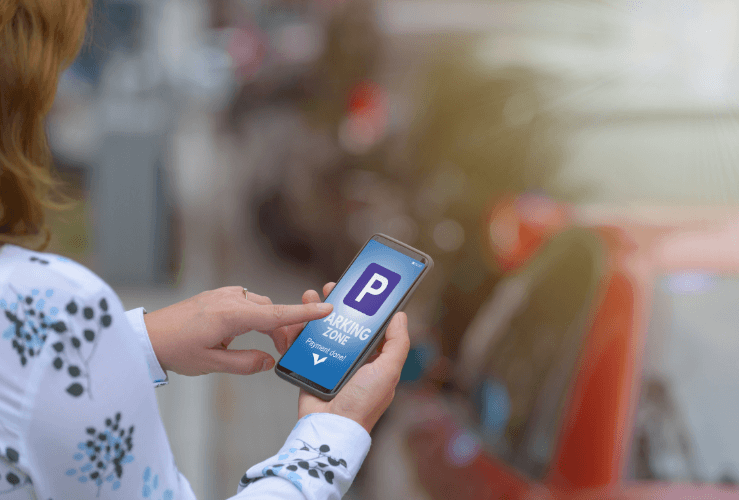
Cashless Payment Systems (CPS)
From pay-as-you-go vouchers to prepaid vouchers and smartphone apps, numerous cashless payment systems are offered across the country.
They are easy and convenient to use, since many payments can be made through apps with a connected debit or credit card. There are also no hunting-for-the-machine and finding-change antics.
From the operator's standpoint, human error and fake coinage issues are eliminated, while the contactless nature of the payments means the hygiene risks associated with communal touchpoints are cut out.
IT overheads, however, are notable, since skilled people are required to operate and maintain the apps and payment systems.
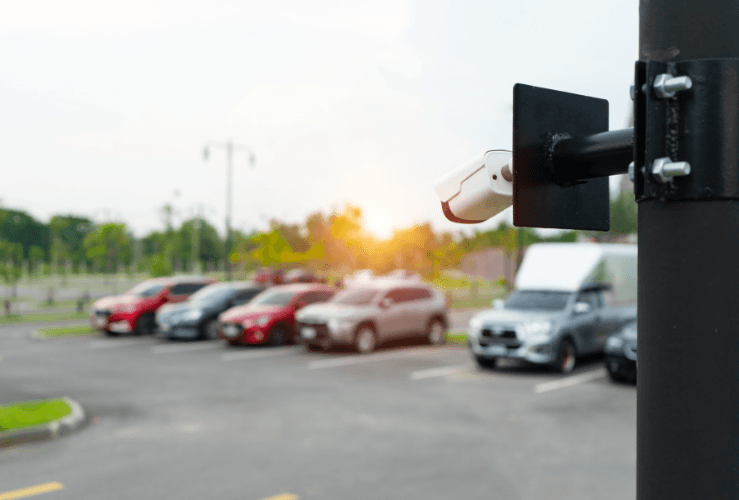
Automatic Number Plate Recognition (ANPR) parking
Automatic Number Plate Recognition (ANPR) sounds like something from this century, yet it was invented in 1976 by a body called the Police Scientific Development Branch (PSDB).
The system was used to catch car thieves and other road-based undesirables, and later also to protect London from terrorist attacks.
Today it's still used to catch car-borne criminals, but it's also used to great effect in the car parks of Morrison and Tesco, among others. The system can read number plates and determine if a vehicle has overstayed its welcome - whether paid or unpaid - and then issue a penalty.
ANPR is also used for well-known initiatives such as the London Congestion Charge and ULEZ.
ANPR has become the Big Brother of parking systems, automating car park compliance, while also enhancing overall security with its video surveillance component.
It works in 'real-time' - which means seconds after your allotted 2 hours at Home Bargains has ended, your registration has been checked against a database of millions. A mere 48 hours later, and an unwelcome letter could have landed on your doormat.
Limited Waiting
Limited Waiting parking is a system designed to manage how long motorists stay parked up - as mentioned above. It often harnesses our Orwellian friend ANPR to ensure folks don't overstay the allotted parking time - whether that's free or for a fee.
These deals generally feature a "no return within x hours" rule, which can be assisted by ANPR, or by eagle-eyed parking attendants.
The key benefit of Limited Waiting is that it should mean there are always enough parking spaces for new arrivals. However, for hardcore shoppers or those with mobility issues, Limited Waiting can mean they only have to wait a limited time before they receive a bill in the post.
And yes, firms can gain access to ANPR data - including addresses.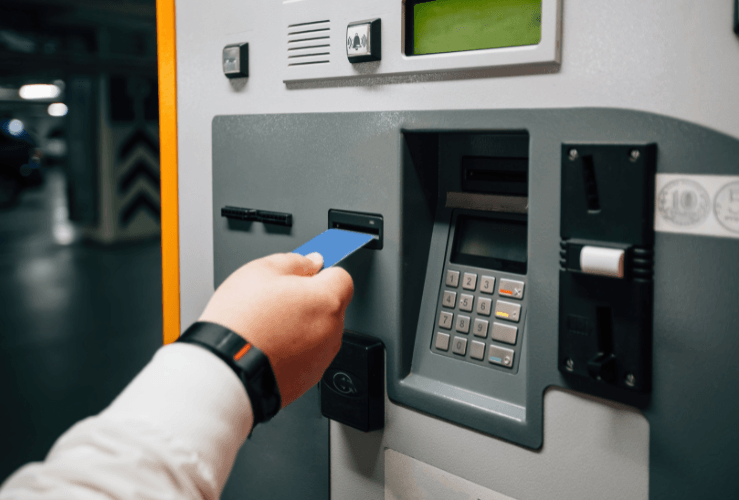
Pay on Foot machines
These function by taking payment at the exit barrier via an automated payment unit.
Some Pay on Foot systems encompass pre-booking options if integrated with - you guessed it - ANPR.
Pay on Foot is convenient for the motorist because it can take almost every payment method, including cash, cards, card-connected apps, and contactless.
It has lower enforcement overheads, and is monitored remotely by intercom systems.




